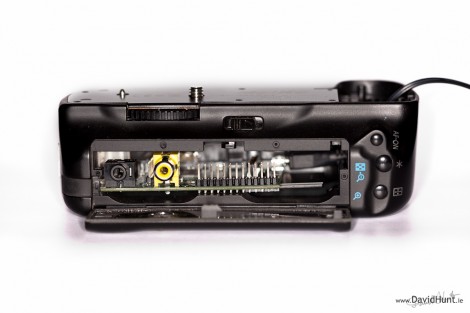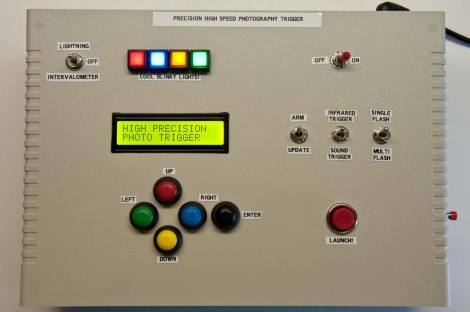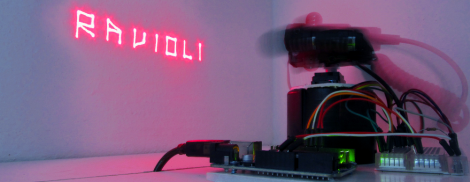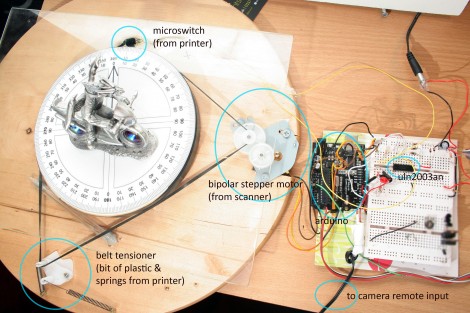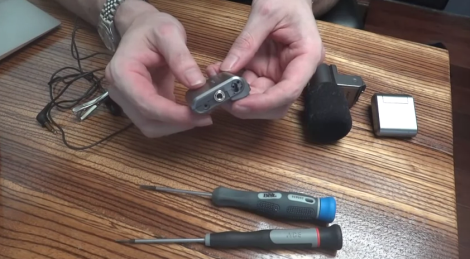
[Tynan] loves his Sony NEX-5 camera but he’s fed up with not being able to choose any external microphone when recording video. Recently he set out to remedy that, and managed to add an audio in jack without modify the camera itself.
The real trick here is to modify how a microphone accessory connects to the camera. In [Tynan’s] tutorial video (embedded after the break) he uses the enclosure from a flash module as a connector. After removing the electronics he’s left with plenty of room for the guts of a Sony microphone accessory. Those include the PCB and wiring, but not the microphone element itself. A 3.5mm audio jack is added to the flash case, and soldered to the microphone cable. Now he has a modular audio-in jack. The only problem is that his tinkering resulted in mono only. If you don’t mind spending a bit more time reverse engineering the scrapped microphone we bet you can parlay that into a true stereo option.
Continue reading “How To Add Audio In To The Sony NEX-5 Line Of DSLR Cameras”

